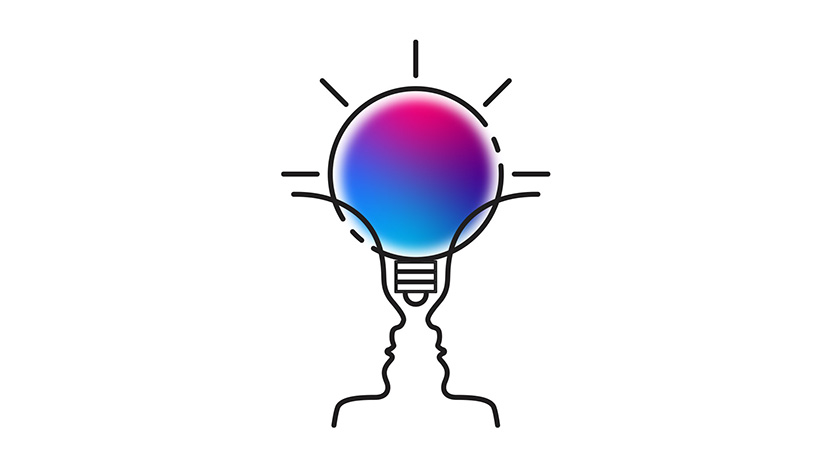How to Use Brand Archetypes to Guide Personality
Perhaps you’re wondering, What in the world are brand archetypes? At Branding For The People, we talk a lot about the creative components of a brand. Yet, before getting into the details of visual and verbal identities (the part many clients consider the most fun), Brand Archetypes are a mandatory consideration.
What are Brand Archetypes?
Brand archetypes are characters, or, perhaps more accurately, character sketches that describe a personality to help brands relate to clients better. These sketches provide structure for creating specific personality attributes that differentiate a brand from their competitors, while also helping the brand maintain consistency across different channels. What do you think of when someone is a “hero”? A caretaker? A cheerleader? A jester or an engineer? Those characters create expectations, don’t they?
Essentially, we’re talking about a form of stereotypes.
Now, for entrepreneurs who want to be different, it is a bit weird and counter intuitive to pigeon hole a brand into a specific personality. Here’s why this is important: your brand must relate to the consumer. Every consumer (including you, Dear Entrepreneur) has ideas and concepts—stereotypes—embedded in the psyche. In order for clients to identify with a brand, the brand must apply a personality to their product.
Yet, Brand Archetypes go much further than stereotypes.
Are all engineers the same? No, of course not. There are electrical, chemical, biological, industrial, and civil engineers… some focus on tiny gadgets and gizmos inside of complex systems, others focus on massively large structures. Although we all have a general idea of an engineer, each person’s specific perception of an engineer will be different.
That is where the door closes for stereotypes and brand archetypes come into play. Brands can’t stop with a stereotype, otherwise, there’s no differentiation in the market. Everything a brand does or says will become a cliche. The archetype, on the other hand, gives a framework for expanding a brand’s personality.
Let’s look at a specific industry as an example: energy drinks! There is RedBull (the Daredevil archetype), Juan Valdez (the Farmer archetype), and 5 Hour Energy (the Regular Guy/Gal archetype). Each of these companies produces products that do the exact same thing, but the personalities of each brand is very different.
In our Branding IntensiveTM, Branding For The People encourages clients to select up to 2 brand archetype to guide the development of the client’s specific visual and verbal identity. Those components encourage a consistent differentiation from the market.
Some of the Archetypes We Use

Selecting an archetype is a fascinating exercise. We have found that some clients want to be known as particular archetypes that don’t actually resonate with their product or service. It’s important to remember that an archetype isn’t a measure of value, isn’t rankable, and isn’t a contest. One isn’t “better” than another except when it is the one that works for you.
More examples may help you understand. Do you consider Red Cross as a Pioneer archetype? What about Doctors Without Borders? Both organizations go into war-torn areas, but, one is decidedly more Pioneer-oriented than the other. Take a look at these examples:

To identify a Brand Archetype, a few questions must be answered:
- Who is your target?
- What are their fears, wants, and motivators?
- What’s the core problem your brand solves?
- What does your solution offer?
A business must understand the personality type (or types) that will relate most strongly to its target audience. These are not rigid categories and, sometimes, a brand displays more than one personality type.
CAUTION: What is the biggest mistake made when choosing a Brand Archetype?
The one miscalculation that happens most often is the choosing of a descriptive archetype. For example, if you are a nursing services provider, do not choose the “Caregiver” archetype, that would just be descriptive. Instead, select something personality driven, perhaps “Vixen.” After all, who doesn’t love a good looking nurse?
How to Use an Archetype
Once you’ve identified your archetype, use it to steer your brand vocabulary (whether that vocabulary is in words or images). Consider what your competitors are saying and doing. Use that data to help select distinctive vocabulary for yourself.
01. Archetypes and Copy
What are some common words in business? Now, how would those same words sound when paired with the “Entertainer” archetype? Here is a short table to get you started…

Have fun with this.
02. How do you select pictures for an archetype?
If you are a Caregiver Archetype and provide interior design services, what images do you use? What does everyone else use? If your competitors use pictures of pretty patterns, consider something different that still reflects the personality of a caregiver.
Need a hint? Try an image of a designer and client selecting patterns together. What does this reveal? Not that you simply like pretty things, but you also care for the client’s point of view.
There is no wrong way to use brand archetypes, except not to use them.
You may find that your brand’s perception has shifted from its beginning. This could mean that you’ve grown into a new archetype and that the old one simply doesn’t fit anymore. Pick a new one. Or two. What feels authentic? How does your audience respond? Branding isn’t a one-size-fits-all strategy, but with some carefully thought-out frameworks to guide your creativity, Brand Archetypes are a powerful tool for creating a consistent, differentiating look and feel.
If you want to learn about our branding process, visit our Process Page.







